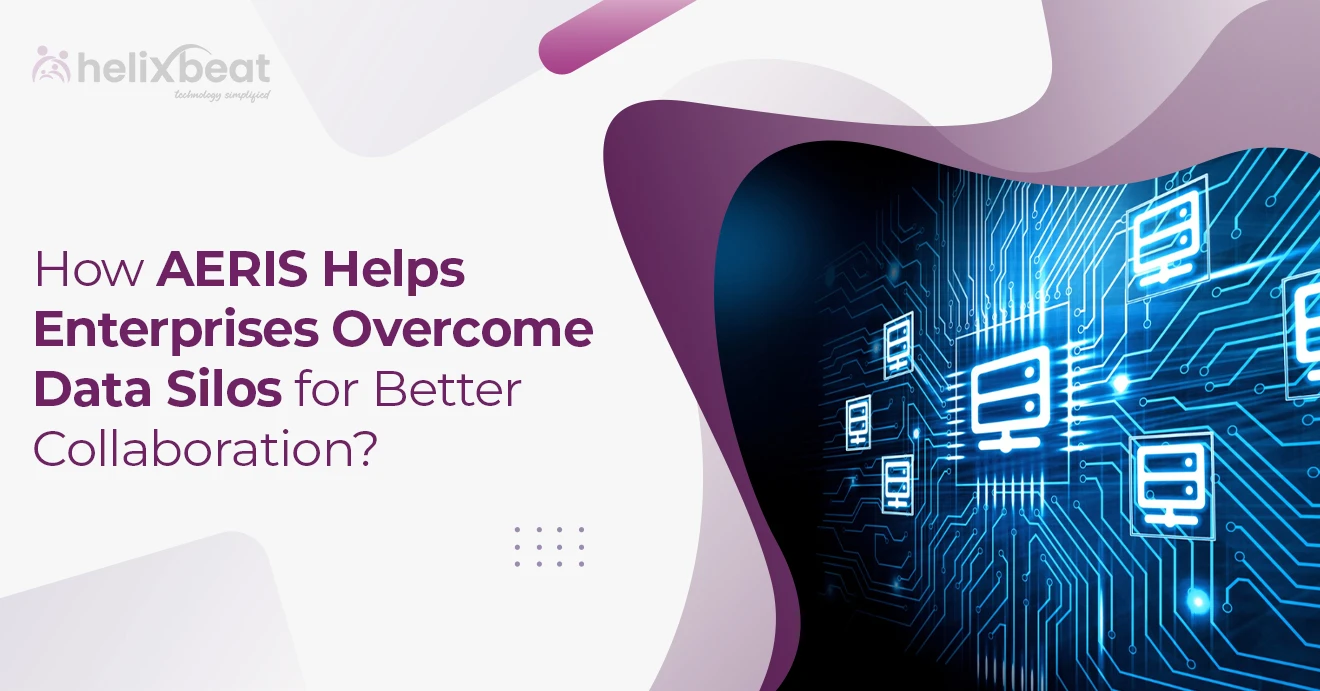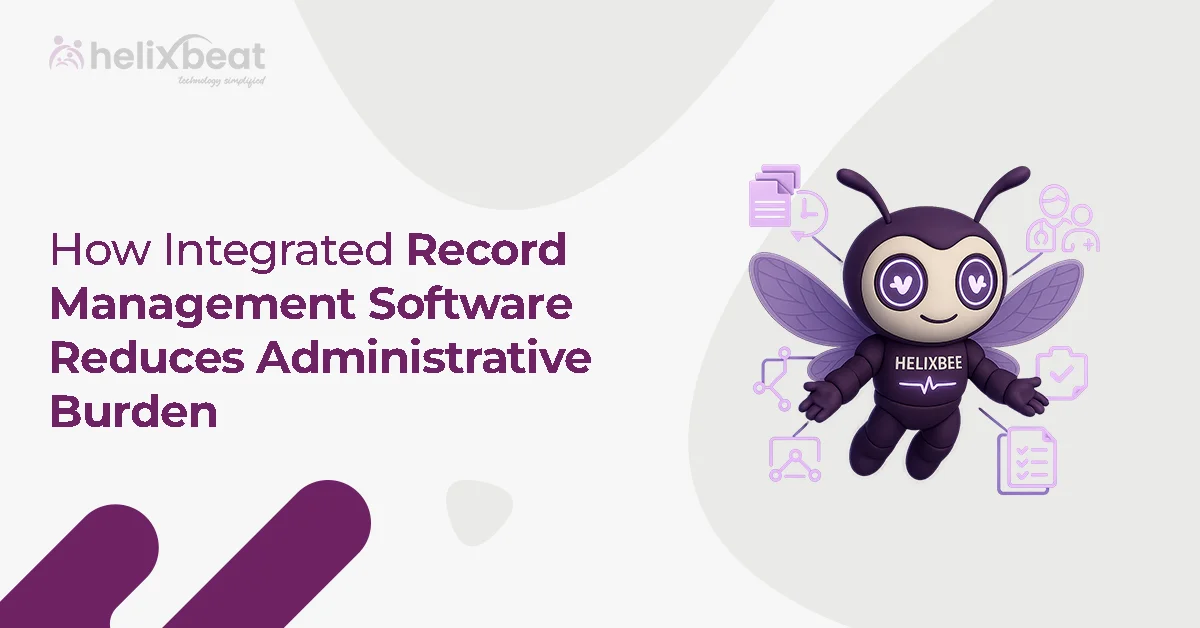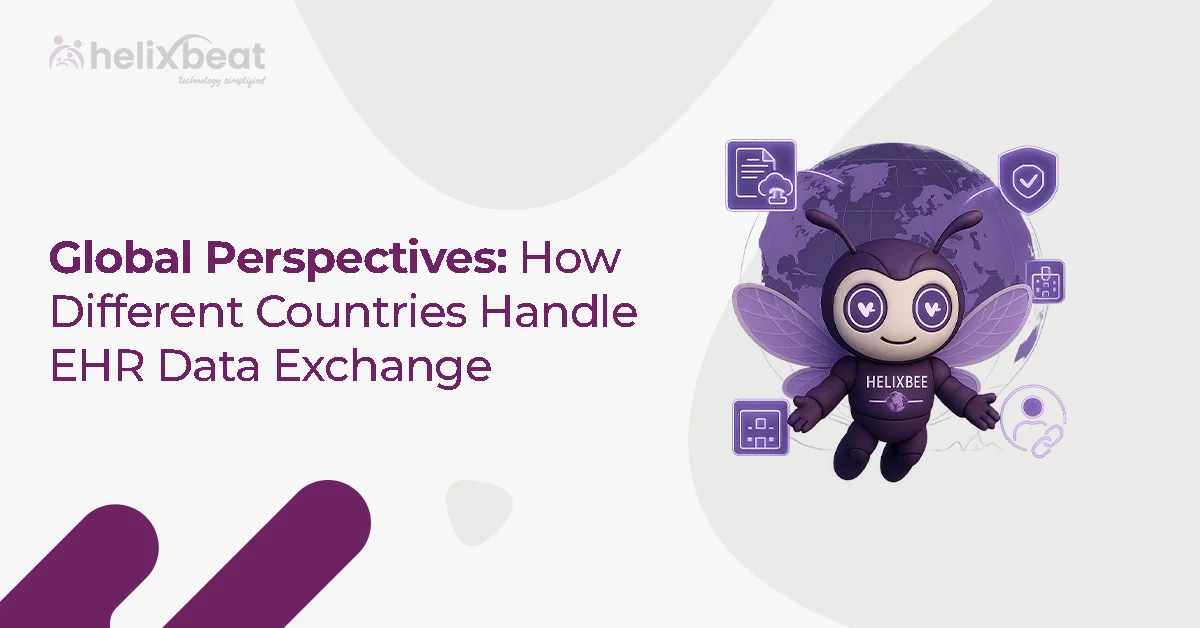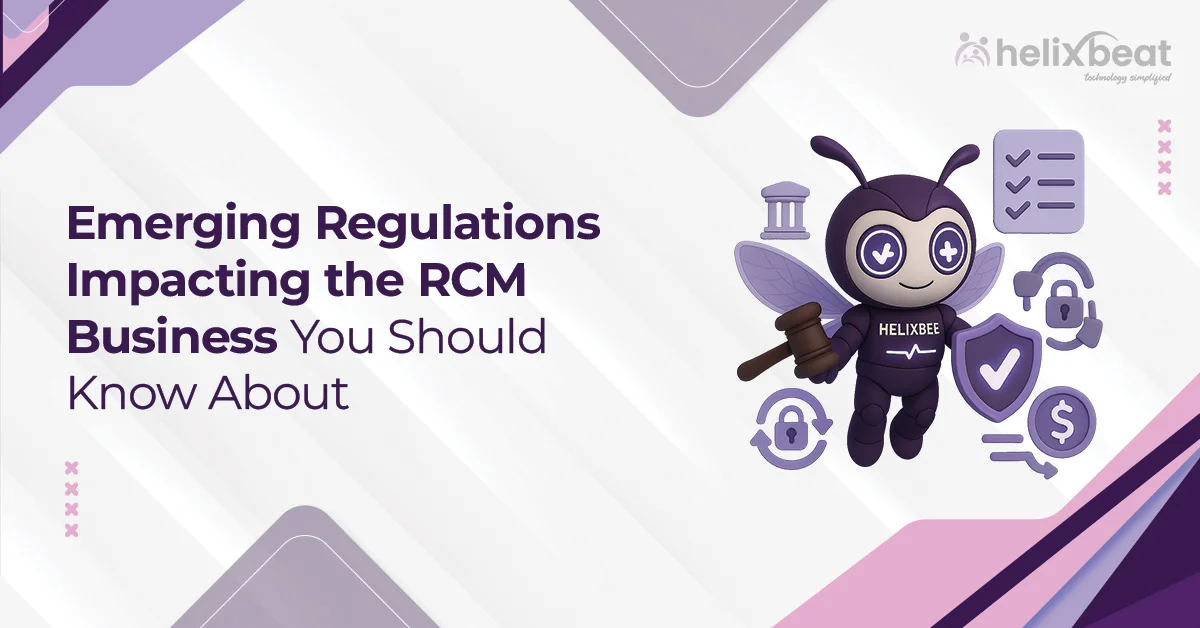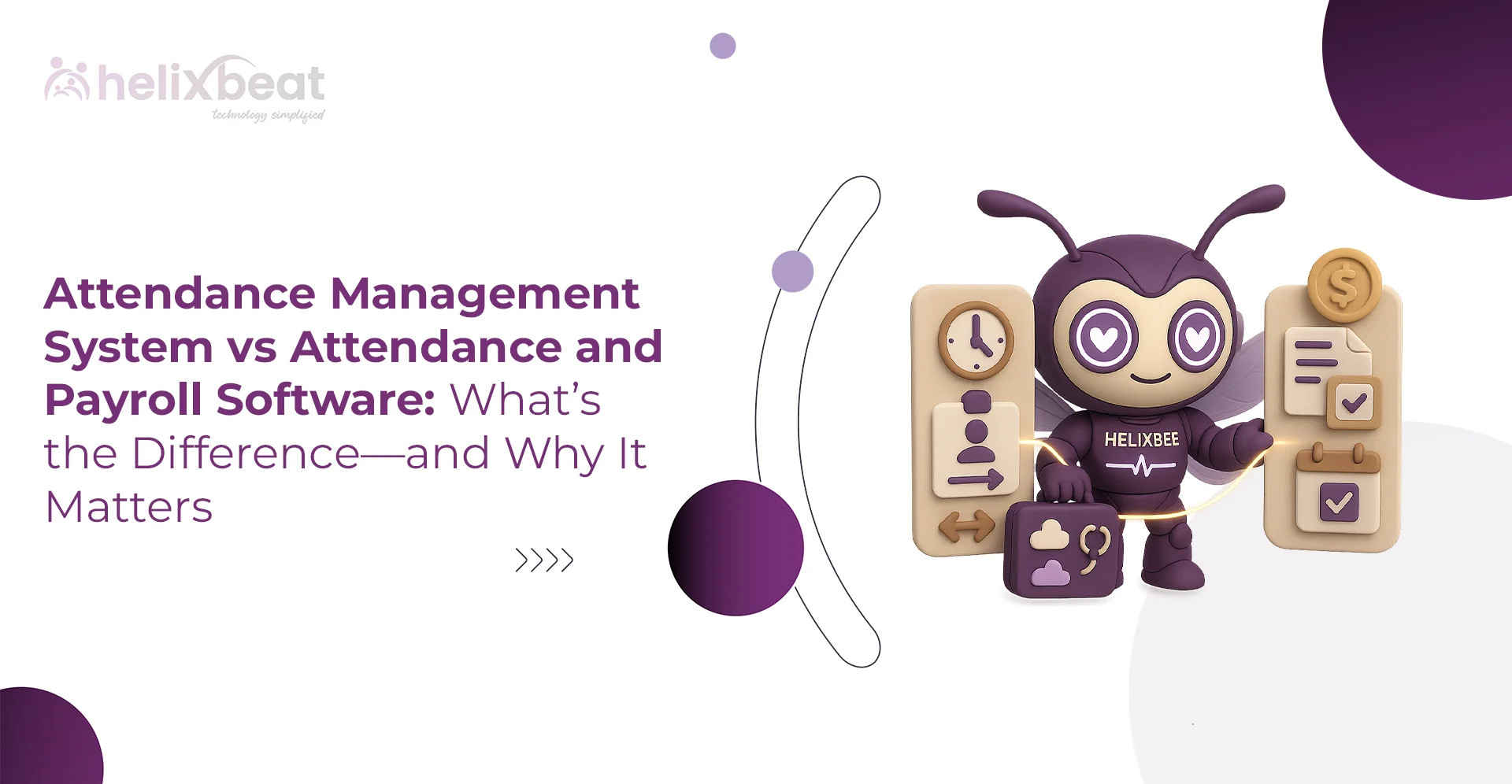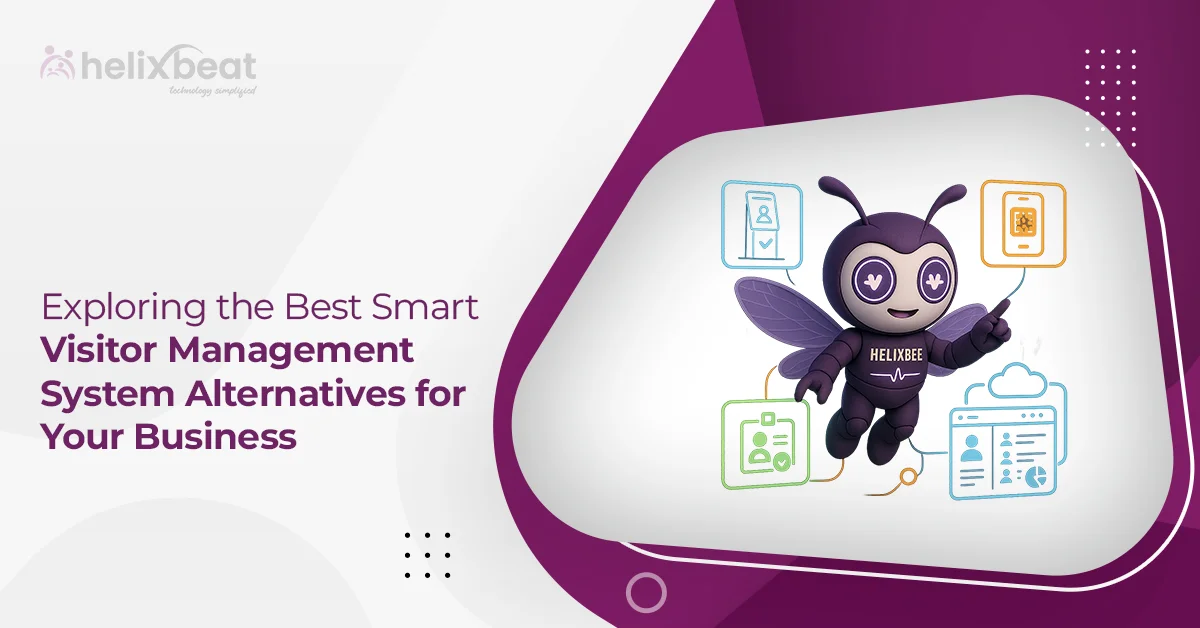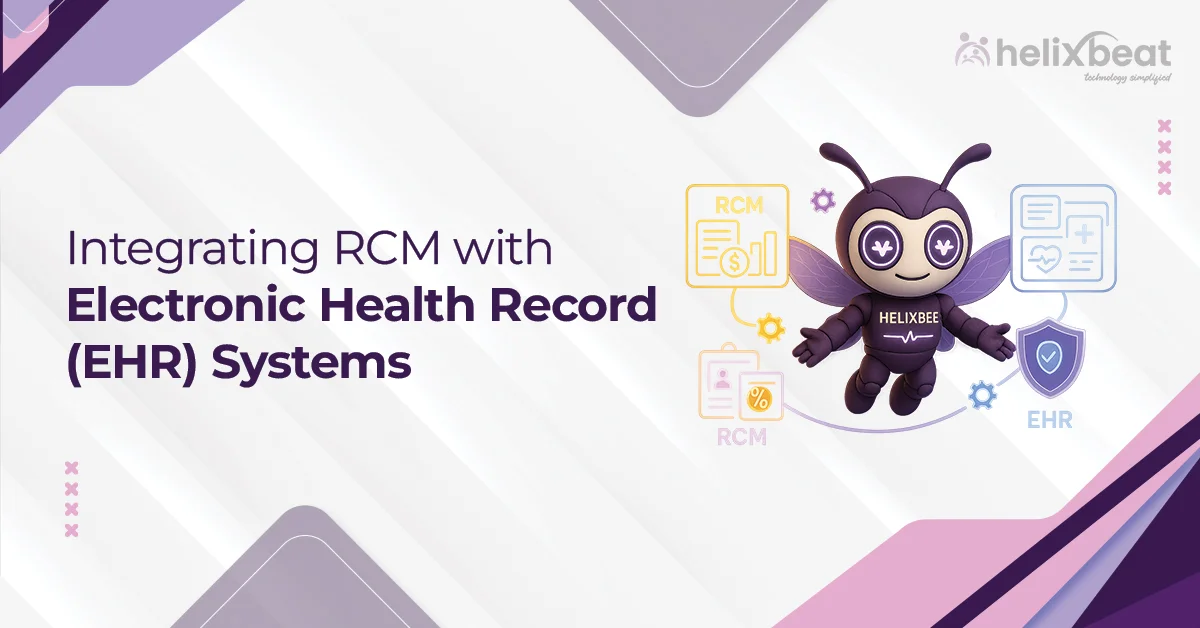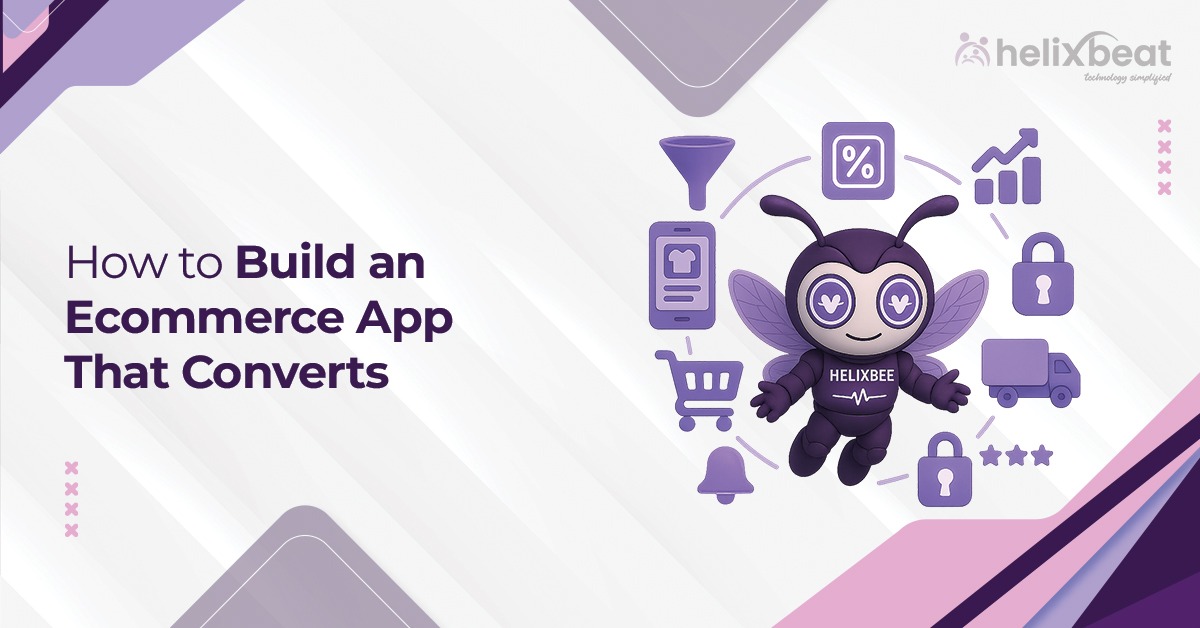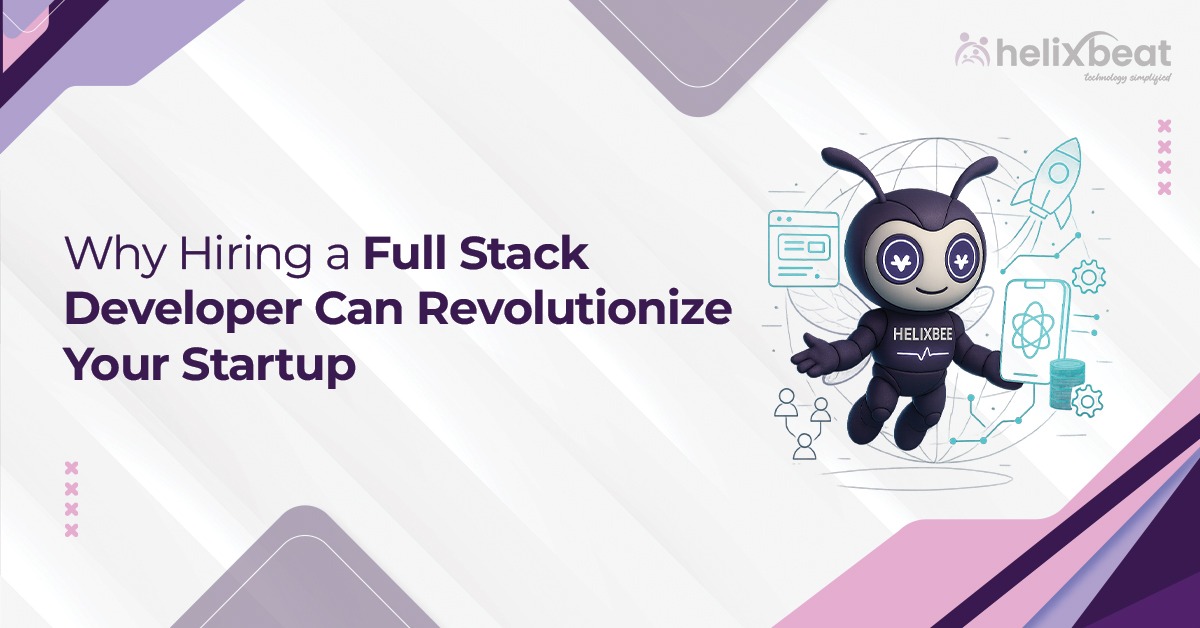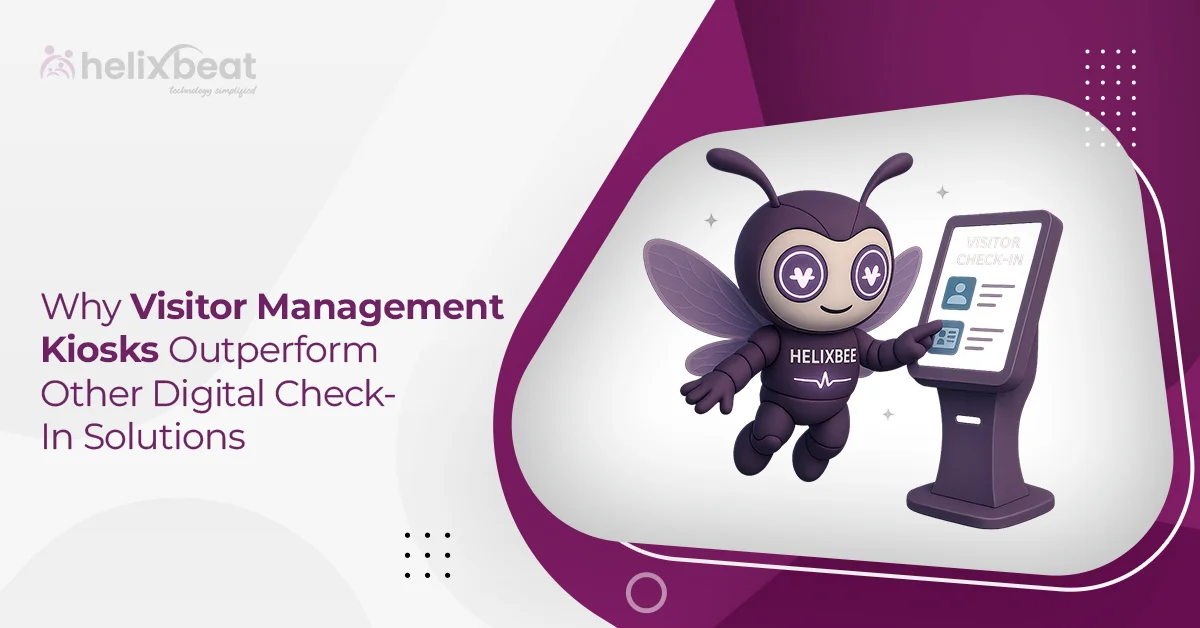Data silos have long been a challenge for healthcare enterprises. When critical information is trapped within isolated systems, departments struggle to work efficiently, which leads to miscommunication, duplicated efforts, and missed opportunities. To tackle this challenge, healthcare facilities need a robust data integration solution that promotes connectivity across all organizational touchpoints.
That’s where AERIS comes in. As an adaptive exchange interoperability system, AERIS seamlessly converts disparate healthcare data formats into FHIR-based data, so that all systems—from EHRs to lab reports—speak the same language. In this blog, we’ll explore how AERIS breaks down data silos, promotes seamless interoperability, and drives the future of connected healthcare.
Table of Contents
Understanding Data Silos and Their Challenges
Data silos occur when information is stored in separate databases, systems, or applications that do not communicate with each other. These isolated repositories create different hurdles in healthcare, which include:
- Disjointed Patient Records: Providers struggle to access a complete medical history, which leads to fragmented care and potential treatment delays.
- Operational Bottlenecks: Administrative teams spend excessive time reconciling data across multiple platforms, which slows down workflows.
- Duplicated Data Entry: Healthcare staff repeatedly input the same information into different systems, which increases the likelihood of errors and inconsistencies.
- Limited Real-Time Insights: Decision-makers lack a unified, up-to-date view of patient populations, resource allocation, and clinical outcomes.
- Regulatory and Security Challenges: Disparate data handling methods expose organizations to compliance risks, making it difficult to meet industry standards such as HIPAA and HL7.
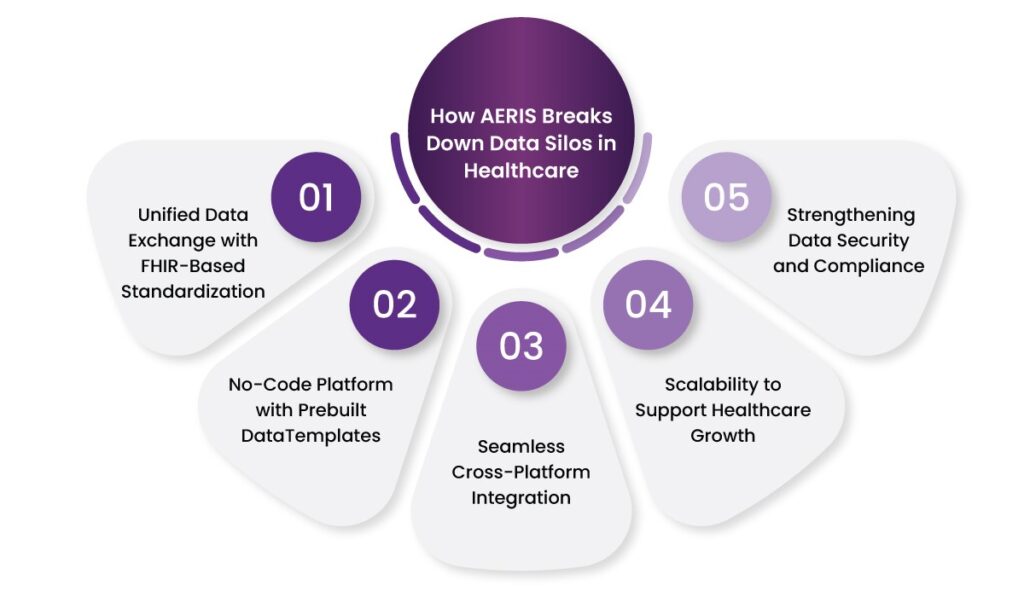
How AERIS Breaks Down Data Silos in Healthcare
AERIS is a cutting-edge interoperability solution designed to bridge the gaps between fragmented healthcare systems. Here’s how it transforms clinical collaboration and decision-making:
1. Unified Data Exchange with FHIR-Based Standardization
A major roadblock in healthcare data integration is the inconsistency in data formats. Different departments use different applications, each storing information in unique structures. AERIS addresses this issue through FHIR-based data standardization. By converting varied data formats into a unified framework, it enables smooth communication between systems, thus allowing healthcare facilities to access consistent and reliable data across all touchpoints.
2. No-Code Platform with Prebuilt DataTemplates
AERIS simplifies healthcare data integration by eliminating the need for complex coding. With preexisting data templates, users can effortlessly convert data into the required formats, streamlining interoperability across different systems. This approach enables healthcare professionals to actively engage in data management, regardless of their technical expertise.
3. Seamless Cross-Platform Integration
Healthcare organizations operate in a complex digital environment, often juggling legacy systems, cloud-based applications, and specialized third-party platforms. AERIS simplifies interoperability by leveraging FHIR APIs so different systems can communicate effortlessly without costly infrastructure overhauls. Whether integrating with EHRs, practice management software, lab systems, or payer networks, AERIS bridges data silos by facilitating real-time access to critical patient information.
4. Scalability to Support Healthcare Growth
As healthcare organizations grow, they encounter complexities in managing patient data across multiple sources. However, AERIS evolves alongside expanding networks, seamlessly integrating new data streams from hospitals, specialty clinics, telehealth platforms, and emerging medical technologies. Whether a healthcare system is acquiring new facilities, incorporating advanced diagnostics, or transitioning to cloud-based infrastructure, AERIS adapts to these changes without disrupting workflows.
5. Strengthening Data Security and Compliance
With evolving regulations like HIPAA and SOC 2 shaping data governance, healthcare organizations must adopt robust security measures to protect patient information. AERIS safeguards sensitive data by integrating role-based access controls (RBAC), advanced encryption protocols, and detailed audit logs. These mechanisms restrict data access to authorized healthcare professionals, thus mitigating risks associated with breaches or unauthorized handling.

The Broader Implications of Adopting AERIS
Adopting AERIS goes beyond streamlining interoperability and refining clinical workflows. It shapes the future of healthcare by enhancing data accessibility, regulatory alignment, and innovation.
1. Fueling Innovation in Healthcare
Healthcare innovation depends on seamless access to accurate, real-time information. AERIS integrates disparate data sources across hospitals, clinics, labs, and insurers, creating a unified ecosystem where AI-driven analytics and predictive modeling thrive. With a standardized framework for data exchange, organizations can unlock trends in patient populations, detect disease patterns earlier, and optimize care pathways.
For example, research institutions leveraging AERIS can analyze vast datasets to identify genetic predispositions to chronic illnesses, which can lead to breakthroughs in personalized medicine. Therefore, the ability to derive meaningful insights from structured and unstructured data boosts continuous innovation in treatment methodologies.
2. Strengthening Competitive Positioning
The healthcare landscape is rapidly evolving, with value-based care models demanding faster, more informed decision-making. Therefore, organizations equipped with integrated data platforms gain a strategic edge by responding proactively to patient needs, operational challenges, and industry shifts.
With AERIS, healthcare providers gain real-time visibility into patient records and treatment history and can also deliver relevant medical details directly to the insurer. This agility translates into better patient experiences and optimized revenue cycles.
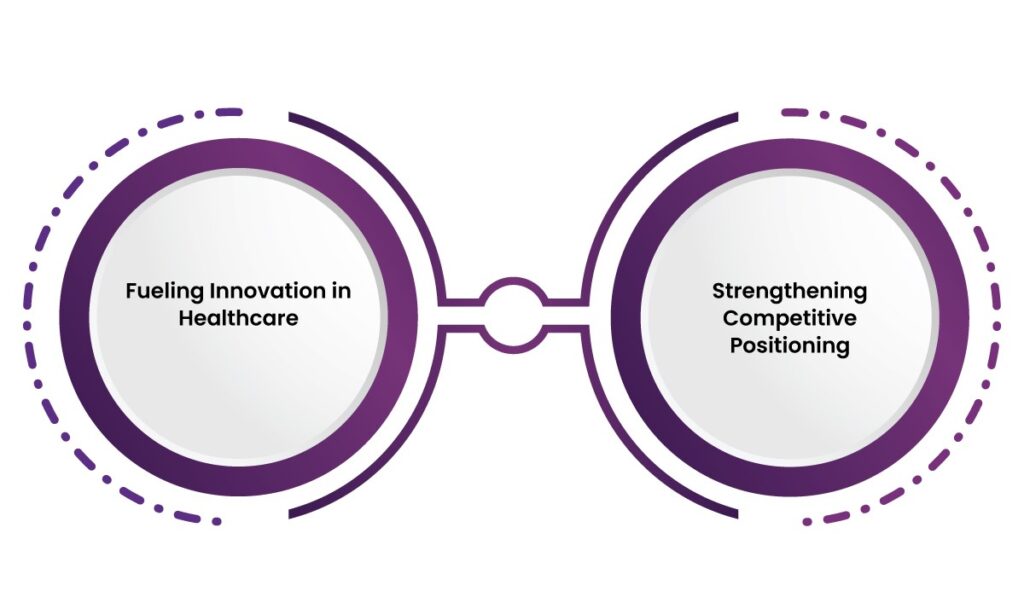
Final Thoughts
Data silos hinder collaboration and slow down business growth. However, AERIS provides a comprehensive solution that unifies data across systems, automates workflows, enhances security, and facilitates real-time collaboration. By integrating disparate systems into a single, cohesive data ecosystem, healthcare providers can make better decisions, reduce inefficiencies, and work more effectively across departments.
With AERIS, hospitals or clinics are no longer limited by fragmented data. Instead, they gain the ability to leverage information as a strategic asset, driving innovation and long-term success in an increasingly data-driven world.
Contact us today to see how AERIS can transform your healthcare data strategy and improve operational efficiency.
FAQs
1. What are data silos in healthcare, and why are they problematic?
Data silos occur when patient and operational information is stored in separate systems that do not communicate with each other. This leads to inefficiencies, fragmented patient records, duplicated data entry, and difficulty in making informed clinical and administrative decisions.
2. How does AERIS help break down data silos in healthcare organizations?
AERIS standardizes disparate data formats using FHIR-based integration, allowing different healthcare systems—such as EHRs, lab reports, and payer networks—to seamlessly exchange information and function as a unified ecosystem.
3. What role does FHIR-based standardization play in interoperability?
FHIR (Fast Healthcare Interoperability Resources) is a standardized framework for healthcare data exchange. AERIS converts various data formats into this structure, making it easier for different platforms to communicate efficiently without requiring complex manual adjustments.
4. Can AERIS integrate with existing legacy healthcare systems?
Yes, AERIS is designed to work with legacy systems, cloud-based applications, and third-party platforms. Its FHIR API-driven architecture enables smooth integration without requiring extensive infrastructure changes.
5. Does AERIS require coding expertise for implementation?
No, AERIS features a no-code platform with prebuilt data templates that allow healthcare professionals, even those without technical backgrounds, to manage and exchange data efficiently.
6. What security measures does AERIS implement to protect patient data?
AERIS incorporates advanced security features such as role-based access controls (RBAC), encryption protocols, and detailed audit logs to restrict data access to authorized personnel and mitigate risks related to data breaches.
7. Can AERIS support growing healthcare networks?
Yes, AERIS is built for scalability, allowing healthcare enterprises to integrate new facilities, telehealth platforms, diagnostic technologies, and additional data sources without disrupting existing workflows.
8. How does AERIS contribute to healthcare innovation?
By consolidating healthcare data into a unified system, AERIS enables AI-driven analytics, predictive modeling, and trend identification, which help organizations improve patient care, detect disease patterns earlier, and optimize treatment strategies.



